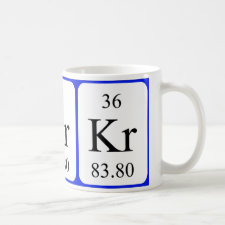
Authors: Ghaffari-Bohlouli P, Zahedi P, Shahrousvand M
Article Title: Enhanced osteogenesis using poly (l-lactide-co-d, l-lactide)/poly (acrylic acid) nanofibrous scaffolds in presence of dexamethasone-loaded molecularly imprinted polymer nanoparticles.
Publication date: 2020
Journal: International Journal of Biological Macromolecules
Volume: 165
Page numbers: 2363-2377.
DOI: 10.1016/j.ijbiomac.2020.10.078
Alternative URL: https://www.sciencedirect.com/science/article/pii/S0141813020347097
Abstract: The aim of this work is to prepare nanofibrous scaffolds based on poly (l-lactide-d, l-lactide)/poly (acrylic acid) [PLDLLA/PAAc] blends in the presence of Dexamethasone [Dexa]-loaded poly (2-hydroxyethyl methacrylate) [HEMA] as molecular imprinted polymer [MIP] nanoparticles [NPs] for enhancing osteogenesis. By adding 10 wt% of PAAc to the PLDLLA and employing response surface methodology, the average diameter of the electrospun nanofibers is approximately 237 nm. To increase the osteogenesis performance of the optimized nanofibrous scaffolds, the MIP nanoparticles are synthesized using HEMA monomer and Dexa template with a molar ratio of 10 to 1. Accordingly, these crosslinked drug nanocarriers exhibit an average diameter of around 122 nm and imprinting factor of approximately 1.8, enabling to adsorb Dexa molecules around 57%. Afterward, the Dexa-loaded MIP NPs have capability of a controlled drug release with ultimate value of 60% during 72 h. The simultaneous use of PLDLLA/PAAc-10 nanofibrous scaffold and Dexa-loaded MIP NPs within the cultivation media of fibroblast and mesenchymal stem cells is carried out by thiazolyl blue assay and acridine/ethidium bromide staining as well as alkaline phosphate/calcium content test, and alizarin red staining. The results reveal the remarkable efficiency of the blend nanofibers besides the MIP containing Dexa, thereby using for bone tissue engineering applications, potentially
Template and target information: dexamethasone, Dexa
Author keywords: Poly (L-lactide-D,L-lactide), Poly (acrylic acid), nanofiber, molecular imprinted polymer, Cell culture



Join the Society for Molecular Imprinting

New items RSS feed
Sign-up for e-mail updates:
Choose between receiving an occasional newsletter or more frequent e-mail alerts.
Click here to go to the sign-up page.
Is your name elemental or peptidic? Enter your name and find out by clicking either of the buttons below!
Other products you may like:
 MIPdatabase
MIPdatabase









